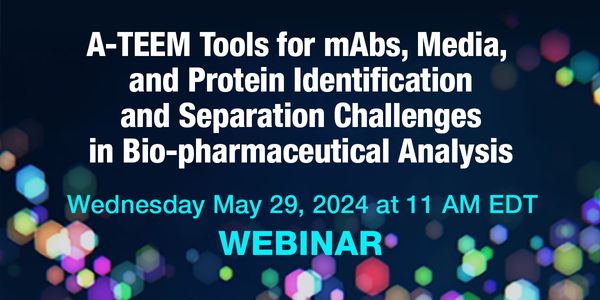Hepatocellular carcinoma (HCC) is a primary liver malignancy that typically develops in the setting of chronic liver disease. It is the 4th leading cause of cancer Worldwide with a five-year survival of only 18%. The diagnosis of HCC can be difficult and often requires several imaging modalities and biopsies. It is important for tumors to be detected when they are < 2cm in size for an early diagnosis, prevention of stage progression and ultimately a favorable outcome. Surveillance plays a key role in early diagnosis while ultrasound and CT technologies scans have limitations. The tumor markers AFP, AFP-L3 and PIVKA may be useful in early diagnose of HCC. It has been shown that combining the use of the three markers improves sensitivity significantly and has the potential to change the outcome of patients with HCC. Practice guidelines for HCC are discussed for US (AASLD), Asia (APASL) and Japan (JSH). Several models that combine clinical features and HCC biomarkers in order to predict HCC are discussed: GALAD, MoRAL, ASAP. Integrating these biomarkers in HCC treatment pathways as a surrogate for treatment response or disease recurrence is extremely important for early diagnosis and change of outcome.
Learning Objectives:
- Understand the challenge and clinical unmet needs when it comes to HCC screening
- Understand the difference between using multi analytic panel approach vs one assay and how it impacts the accuracy of the results





